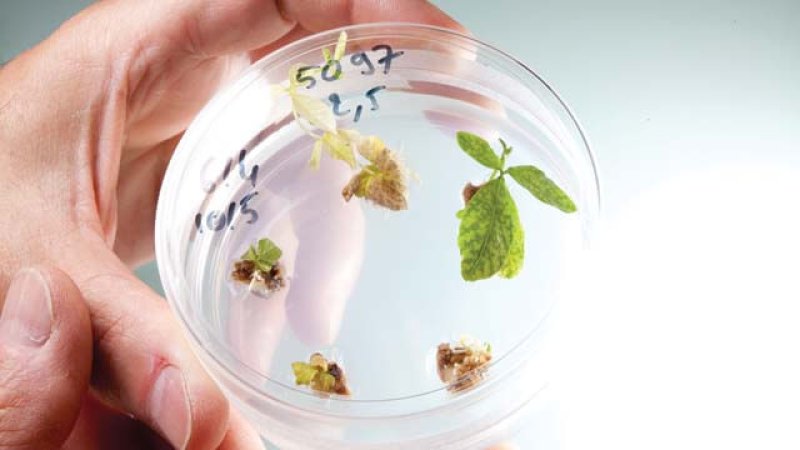Genetically modified organisms (GMOs) are one of the most contentious topics in science today. But a study from the Salk Institute, published [January 18] in PLOS Genetics, may help clear up some of the confusion. Using a combination of techniques known as nanopore sequencing and optical mapping, researchers believe they have a clearer picture of what happens when genes are spliced into the genomes of plants and animals.
In particular, the study showed that scientists can determine to what extent surrounding areas of the host DNA have been affected by gene splicing, a point that is often a source of concern for those worried about the possible long-term impacts of GMO consumption.
…
Originally created in the mid 1990s, nanopore sequencing is considered one of the most effective methods of detecting genetic changes on a molecular level….Optical mapping is a technique that creates a high-resolution map of a genome by severing a strand of DNA at specific sites with restriction enzymes, creating a unique fingerprint.
…
While neither of these methods is entirely new, the Salk Institute team combined them, creating a picture with an unprecedented level of detail. They employed a new nanopore long-read DNA sequencing technique, which made assembling the picture of a complete genome much easier….
Read full, original article: Demystifying GMOs: New Research Shows Unexpected Changes in Plant DNA































